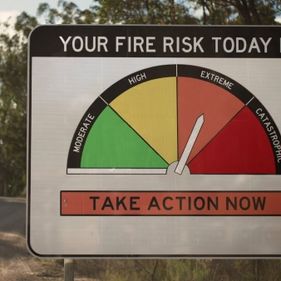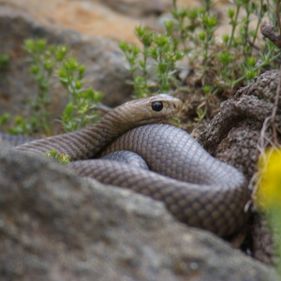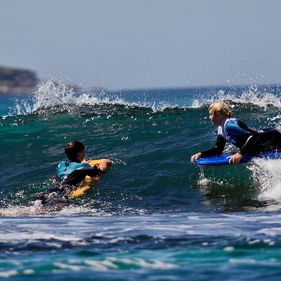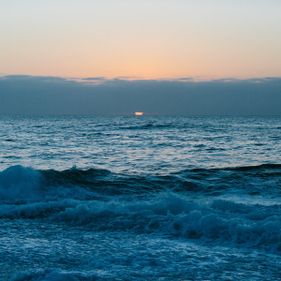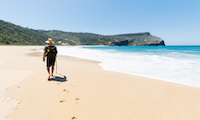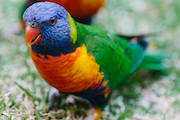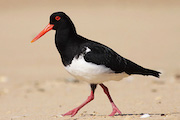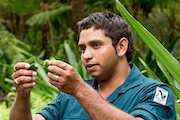Staying safe
For assistance, call the Visitor Centre on 1800 357 823.
In an emergency call Triple Zero (000).
We want you to have a memorable visit to Booderee National Park for all the right reasons. Before you arrive at Booderee National Park, please ensure that you are familiar with our safety messages and emergency phone numbers.
There are many safety hazards within the national park, and we remind visitors to be aware of the risks and take responsibility for your own safety and those in your care.
General safety
Please adhere to these general safety messages when visiting the park:
- Always follow park ranger’s directions – their directions are for your safety.
- Protect yourself from the sun with a broad brimmed hat, loose long-sleeved clothing, sunscreen, and sunglasses.
- Stay in the shade when possible – even when the sun is behind the clouds, there is still a risk of sunburn.
- Carry drinking water with you at all times, particularly when you are walking.
- Stay on marked tracks and in designated visitor areas – the park signage will help you to understand where it is safest to walk.
- Carry a first aid kit with you and always take an adequate supply of water with you on walks.
- Be aware of your own limitations.
- Children must be supervised by a responsible adult at all times.
- Be aware that spiders, snakes, and ticks inhabit the park.
- Look out for animals crossing the road, including lizards, snakes, and kangaroos.
- Do not approach, disturb, or feed wildlife.
- Exercise extreme caution near cliffs, only walk on marked tracks.
- Exercise extreme caution near rock platforms, only walk on marked tracks, watch what the waves are doing and never turn your back to the ocean.
- It is prohibited to possess, use, or carry a spear gun, hand spear or firearm in Booderee National Park.
- Stick to the speed limits and drive carefully around the park at all times.
- Slow down and stop if you see an animal on the road and allow it time to move off to the roadside. Be aware some animals are more active at dawn and dusk.
- Read the factsheet on PFAS investigations in the Jervis Bay Territory.
Safety in Booderee National Park
Stay in touch
Subscribe to receive important updates about Booderee National Park.

